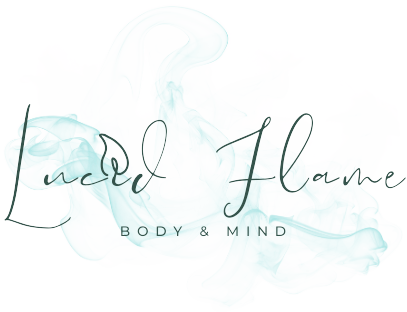Tarot in Therapy for Self-Development and Reflection
When most people hear the term "tarot cards," they likely imagine fortune tellers and mystical predictions. However, tarot can also be a viable tool for self-reflection and personal growth if used within the framework of therapeutic interventions. Integrating ancient practices with modern evidence-based clinical approaches supports clients on their journey of recovery and self-awareness in a way uniquely tied to them.
Tarot's Power in Self-Reflection
Tarot cards also offer sufficient symbolism and narratives that may help individuals uncover their unconscious feelings and thoughts. The cards illustrate different aspects of the human experience, from archetypes like the Hero's Journey to elemental processes like love and loss. When used as a therapeutic intervention, tarot cards may cause clients to explore their current situation, unveil hidden fears or desires, and predict potential outcomes.
Integrating Tarot with Evidence-based modalities
Tarot, being non-evidenced-based, can be effectively integrated with traditional therapeutic methods to enhance the healing process.
1. Cognitive Behavioral Therapy (CBT): Tarot can be used in conjunction with CBT in order to help clients become conscious of and avoid cognitive distortions. For instance, a conflict card which would have clients think about what they were thinking when they were quarreling and generate healthier thought and behavior. For example, a card depicting conflict might lead clients to explore their thought patterns during arguments and generate more adaptive ways of thinking and behaving.
2. Mindfulness-Based Stress Reduction (MBSR): Mindfulness is the ability to be present and non-judgmental in relation to one's emotions and thoughts. Integrating tarot readings with mindfulness practice makes clients stay in the moment with the images and themes of the cards, making them more introspective and self-aware.
3. Narrative Therapy: Emphasizing people's life stories, tarot offers a literal and symbolic structure that has the potential to assist clients in reframing their experiences and uncovering new, empowering narratives.
4. Journaling and Expressive Arts: A directed therapeutic activity includes the combination of tarot and journaling or other expressive media. A tarot card is drawn, and its meanings and symbolism are recorded in writing or expressed through artwork, enhancing emotional expression, self-awareness, and reflection.
Clinical Applications and Considerations
Therapists need to move into the synthesis of tarot and clinical sensitivity and awareness. The following are best practices:
•Client Consent: The client's consent is always obtained prior to the application of tarot cards in therapy. One should properly explain the use of the cards and dispel any misconceptions and fears that the client might have.
• Cultural Sensitivity: Respect the cultural practices and beliefs of the client. Tarot is not for all; respect people's interest and comfort zones.
• Professional Education: Therapists should receive training in Tarot and other therapeutic modalities to ensure ethical practice and effectiveness. Supervision and continuing education can support development.
The use of tarot in counseling can offer clients a valuable experience that promotes self-awareness and personal growth.Through the blending of the symbolic depth of tarot with empirically supported therapeutic strategies, therapists are able to enable clients to explore their inner emotions and thoughts. The approach can open up new channels of healing and self-awareness.
